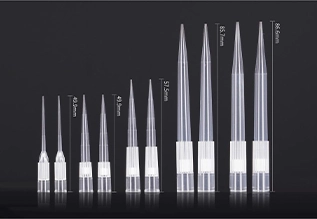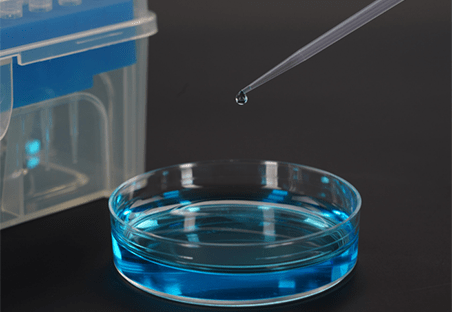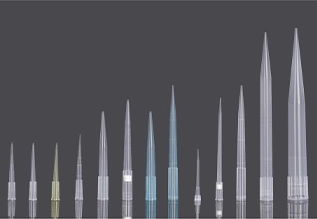Pipette tips are essential components in laboratories, used in conjunction with micropipettes to accurately transfer liquids of varying volumes. There are two primary types of pipette tips: universal pipette tips and filter pipette tips. While both serve the same basic function, they differ in their construction, purpose, and level of protection they offer. Professional lab consumables supplier Scopelab will list the key differences between universal and filter pipette tips in detail, providing a comprehensive comparison and discussing the factors to consider when selecting the appropriate type for your specific laboratory needs. By understanding the advantages and limitations of each type, you can make informed decisions to enhance the accuracy, precision, and safety of your laboratory experiments.
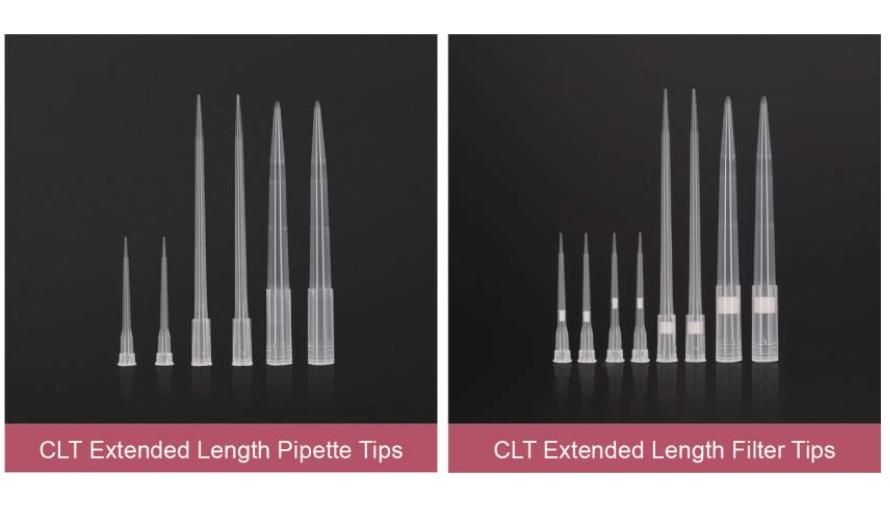
Simple Introduction to Pipette Tips and Filter Pipette Tips
Universal pipette tips are constructed from polypropylene, a durable and chemically resistant material. They are designed to fit a wide range of pipette brands and models, making them versatile for various laboratory applications. While they offer convenience and compatibility, they may not provide the same level of protection against contamination as filter pipette tips. Filter pipette tips feature a barrier, typically made of hydrophobic polypropylene, between the tip orifice and the pipette shaft. This filter prevents aerosols and liquid droplets from entering the pipette, protecting it from contamination and ensuring accurate measurements. Filter pipette tips are particularly valuable in applications involving hazardous or biological materials.

Comparison of Universal and Filter Pipette Tips
| Feature | Universal Pipette Tips | Filter Pipette Tips |
| Purpose | General liquid transfer in non-critical applications. | Precise liquid transfer, especially for hazardous, biological, or volatile substances. |
| Construction | Simple, single-piece construction. | Include a porous filter at the tip to prevent aerosol contamination. |
| Compatibility | Compatible with most micropipettes. | Compatibility may be more limited due to the filter. |
| Cost | Generally more affordable. | More expensive due to the added filter. |
| Contamination Prevention | Minimal protection against aerosol contamination. | Excellent protection against aerosol contamination, preventing cross-contamination and protecting the pipette. |
| Applications | Routine laboratory tasks, such as preparing reagents, making dilutions, and loading gels. | Sensitive assays, PCR, cell culture, and handling hazardous or radioactive materials. |
| Advantages | Versatility: Universal pipette tips can be used with various pipette brands and models, making them ideal for labs with diverse equipment.Cost-effective: Since you only need one type of tip to fit multiple pipettes, universal tips can help reduce the overall cost of consumables.Ease of use: These tips can be quickly and easily attached to and detached from pipettes, improving workflow efficiency. | Contamination prevention: The presence of a filter minimizes the risk of contamination, protecting samples, pipettes, and operators from potentially harmful substances.Enhanced accuracy and precision: The filter’s barrier reduces the potential for carryover contamination, ensuring more reliable and accurate pipetting results.Suitable for sensitive applications: Filter tips are essential when working with delicate samples, preventing aerosol contamination that could compromise experimental integrity. |
| Disadvantages | Compatibility concerns: Although universal tips are designed to fit most pipettes, there may be slight variations in fit, leading to potential issues with accuracy and precision.Contamination risk: As universal tips are not equipped with filters, they do not provide an additional barrier against sample contamination or aerosol formation during pipetting. | Compatibility restrictions: Filter tips are often designed to fit specific pipette models, limiting their versatility across different brands or models.Cost considerations: Compared to universal tips, filter tips are generally more expensive due to the added filtration mechanism. |

Factors to Consider When Choosing Between Universal and Filter Pipette Tips
Pipette tips are essential accessories for accurate and precise liquid handling in various laboratory settings. The choice between universal pipette tips and filter pipette tips depends on several factors, including the specific application, desired level of protection, and budget constraints.
Factor 1: Application
- Hazardous or Biological Materials: Filter pipette tips are strongly recommended when working with potentially hazardous or biological materials. The filter prevents aerosols and droplets from entering the pipette, reducing the risk of contamination and protecting the user.
- Sensitive Assays: For sensitive assays that require precise liquid handling, filter pipette tips can help minimize contamination and ensure accurate results.
- Routine Laboratory Tasks: If the application involves routine laboratory tasks with non-hazardous materials, universal pipette tips may be sufficient. However, even in these cases, filter tips can provide added protection against accidental contamination.
Factor 2: Desired Level of Protection
- Contamination Risk: If contamination is a significant concern, filter pipette tips offer a higher level of protection. The filter acts as a barrier, preventing aerosols and droplets from entering the pipette.
- Pipette Damage: Filter tips can also help protect the pipette itself by preventing liquids from entering the internal mechanism and causing damage.
- Regulatory Compliance: In some industries or research areas, regulatory requirements may mandate the use of filter pipette tips to ensure safety and data integrity.
Factor 3: Budget
- Cost: Filter pipette tips are generally more expensive than universal pipette tips due to the additional filter component. If budget is a primary concern, universal tips may be a more attractive option.
- Long-Term Costs: While universal tips may initially save money, the potential for contamination and pipette damage can lead to higher long-term costs, including replacement pipettes, reagents, and wasted time.
Factor 4: Compatibility
- Pipette Model: Ensure that the pipette tips you choose are compatible with your specific pipette model. Some manufacturers offer tips that are designed for compatibility with particular pipette brands or models.
- Tip Volume: Select pipette tips with the appropriate volume range for your liquid handling needs. Tips are typically available in various volumes, such as 10 µL, 20 µL, 100 µL, and 1000 µL.
Factor 5: Tip Material
- Tip Material: The material of the pipette tip can affect its performance, compatibility, and resistance to chemicals. Common materials include polypropylene, low-binding tips for reducing protein adsorption, and filter tips with hydrophobic filters.
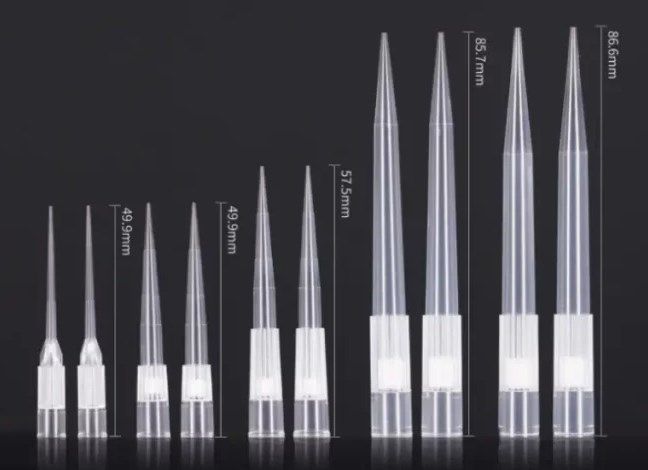
Protect Your Pipette and Your Experiments
The laboratory application’s specific requirements determine whether universal or filter pipette tips are used. Universal pipette tips are a more cost-effective option for routine tasks with non-hazardous materials, whereas filter pipette tips provide superior protection against contamination and pipette damage, particularly when working with hazardous substances or performing sensitive tests.
Filter pipette tips are strongly recommended for hazardous material applications, sensitive assays, and regulatory compliance. Their additional protection can help to prevent contamination, ensure accurate results, and protect the pipette from damage. Universal pipette tips may be an appropriate option for routine laboratory tasks involving non-hazardous materials and limited budget constraints. However, the potential for contamination and pipette damage must be weighed against the initial cost savings.
To ensure accurate and consistent results, use high-quality pipette tips from reputable manufacturers. Look for certified tips that meet industry standards and deliver consistent results. By making informed pipette tip selection decisions, laboratories can improve their workflows, reduce contamination risks, and achieve the highest level of accuracy in their experiments.
